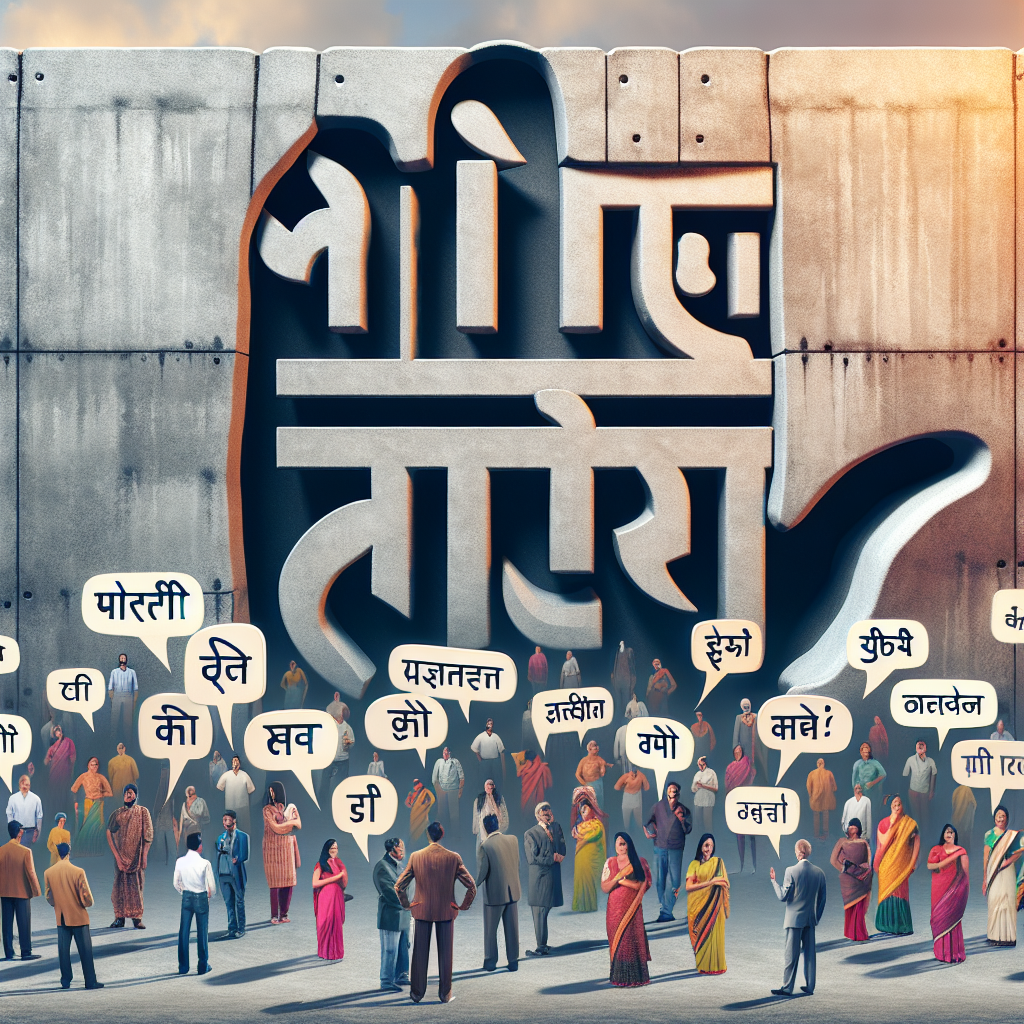Hindi: The Unifying Language in Arunachal Pradesh's Tribal Mosaic
Arunachal Pradesh Chief Minister Pema Khandu emphasized Hindi as a unifying language in a state with diverse dialects. Despite regional opposition elsewhere, Hindi flourishes in daily life, education, and governance. Khandu advocates for preserving local dialects while embracing Hindi for broader communication and cohesive state identity.

- Country:
- India
Arunachal Pradesh Chief Minister Pema Khandu emphasized the role of Hindi as a unifying language amidst the state's linguistic diversity. With 26 major tribes and over 100 sub-tribes, each possessing its own dialect, Khandu stated that Hindi facilitates communication among various tribal communities and is integral to the state's education system.
Khandu highlighted that, despite some grammatical errors due to dialectical nuances, Hindi is widely understood and spoken throughout the state, including in village gatherings, election campaigns, and legislative assembly sessions. This adoption is attributed to strategic aspects like the presence of security personnel from different states and efficient Hindi communication channels, such as the Border Roads Organisation.
While addressing opposition to Hindi seen in Maharashtra and southern states, Khandu asserted the importance of preserving indigenous languages. His government has launched initiatives to promote local dialects and culture, underscoring the need to maintain native linguistic identity amid a linguistically diverse nation. Maintaining linguistic diversity alongside a common language is crucial, according to Khandu.
(With inputs from agencies.)
ALSO READ
Joint Protest Planned Over Hindi Education Policy in Maharashtra
Tata's Transformative Educational Alliance: Bridging Learning and Livelihoods
Ahmedabad University: A Rising Alternative to Overseas Education
World Bank Approves $50M Boost to Sri Lanka’s Education Reform Initiative
Breaking Barriers: NTT Revolutionizes Global Communication at Osaka Kansai World Expo










